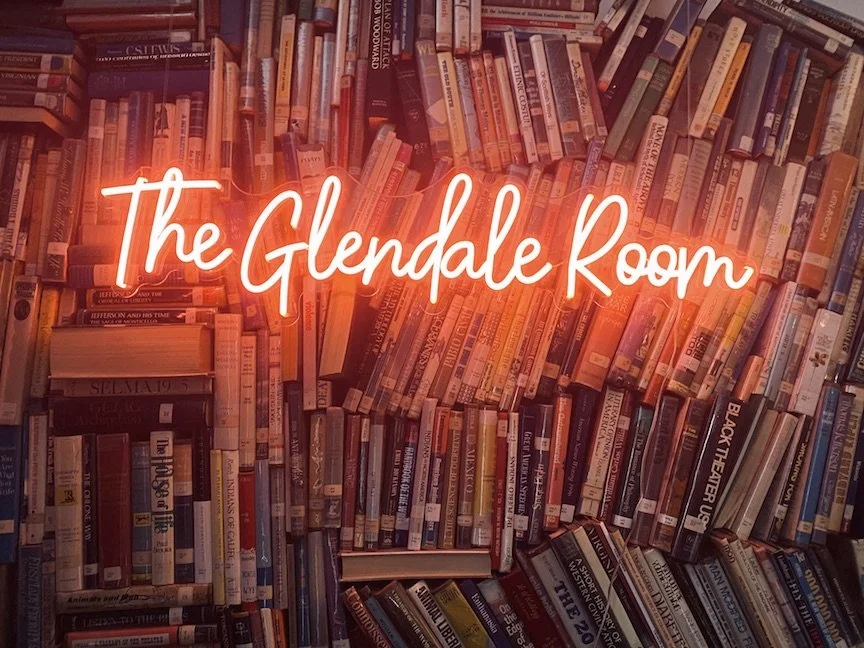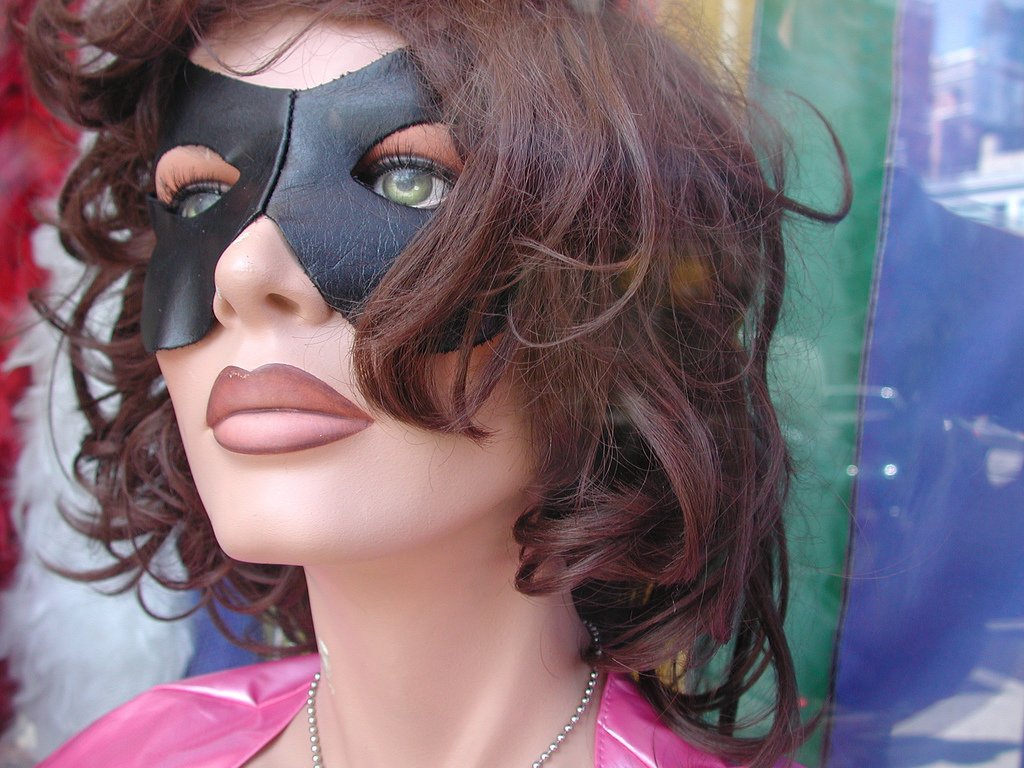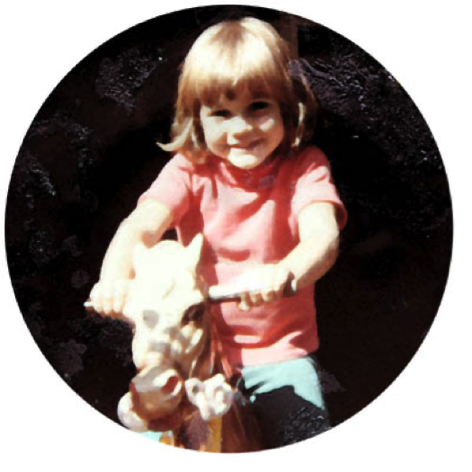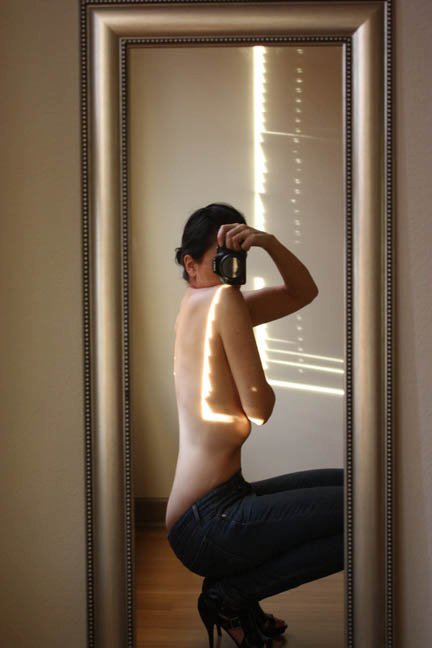Fuck You, Pay Me #25: What Doesn't Kill You
A still from a stag film
This is part 25 of Fuck You, Pay Me, an ongoing series of posts on writing, editing, and publishing.
One of the books I’m writing is a nonfiction book about the adult movie industry. Here are a few things about it:
The title. The working title of this book is When Pornographers Were Kings: A History of America’s Most Notorious Business. The main part of the title is a nod to When We Were Kings, the 1996 Academy Award-winning documentary directed by Leon Gast. The film focuses on The Rumble in the Jungle, the 1974 heavyweight championship boxing match between George Foreman and Muhammad Ali that was held in Kinshasa, Zaire (now the Democratic Republic of Congo). The book’s subtitle, through its use of “A,” points to the fact that this is but one take on a complex, ever-evolving, largely misunderstood, and often vilified business.
The cover. Because this book is a work in progress, there is no cover at this time. If it were up to me, the cover would feature a photograph from the late photographer Larry Sultan’s The Valley series. This photo of actress Sharon Wild sitting on a mattress is my favorite. Sultan, who grew up in the San Fernando Valley, shot adult actors on adult movie sets from 1997 to 2003. There’s a video from the San Francisco Museum of Modern Art about this incredible project here. And there’s a book which you can buy second-hand for several hundred dollars.
The epigraph. If you’re not aware, an epigraph is a quote that appears at the beginning of a book. The epigraph I’ve chosen is from feminist theorist Camille Paglia’s 1994 essay collection Vamps & Tramps: New Essays: “Far from poisoning the mind, pornography shows the deepest truth about sexuality, stripped of romantic veneer.” I love this quote, how it points to the value in seeing, really seeing, not just looking at, pornography. If you do that, you can learn a great deal about what drives people on a base, libidinal level.
The structure. The structure of this book is straightforward and simple. It is comprised of three parts. Each part is made up of seven chapters. There are a total of 21 chapters in the book. The first part of the book is occupied with the history of the business, including my personal relationship to it, including the first time I found myself (word choice of “found myself” intentional) on an adult movie set. The second part of the book is geared towards examining the mechanics of production in the manufacturing of adult content. And the third part of the book zooms in for a closer look at the key players and how they navigate this space.
The length. When it’s finished the book will be somewhere between 300 and 400 pages long. Each chapter is around 5,000 words in length, so the final manuscript will run approximately 100,000 words. In other words, this book will be my doorstop. I mean, it’s not William Gass’s 1995 novel The Tunnel, which I read some years ago and runs over 650 pages, but it’ll have some heft to it. This seems fitting since I’ve been writing about this subject for nearly three decades.
The theory. What is my take on pornography? What is my theory of pornography? What is my opinion on pornography? Historically, I have sought to evade these sorts of approaches to this provocative topic. I mean, do you really care what my take is? Aren’t you only really interested in yours? Please, let me get out of the way and allow you to do that. I’ve long compared my relationship to writing about the porn business as I’m Virgil to the reader’s Dante in Dante Alighieri’s fourteenth century narrative poem Inferno from his three-part The Divine Comedy. (That means porn is hell, but that’s another conversation.) Want to see how I do this? Read my 2009 long-form investigation of the Great Recession’s impact on the adult movie business: “They Shoot Porn Stars, Don’t They?”
The pictures. It is highly unlikely this book will contain any images. No photos, no pie charts, no graphs, no drawings, no movie stills. I believe using imagery would detract from the story I’m trying to tell, locate the narrative within a time period that’s limiting, and run the risk of creating a situation in which the reader’s scopophilia supersedes their capacity for intellectual insight. I mean, if you want to see porn, go watch a porn movie.
The breadth. There will be a great deal of breadth in this book. The story will range from stag movies to the Golden Age of Porn to the rise of online porn. Stylistically, it will interweave narrative nonfiction, investigative journalism, and reported memoir. The characters will include producers, directors, crew, performers, writers, and theorists. In addition, I’ll take a look at the future of pornography, how smut might look, feel, and be delivered at a future date. Speaking of which, the other day I came across a story on AVN.com about this masturbation device in the shape of a brain. My mind is blown.
About I My Book I Newsletter I X I Instagram I LinkedIn I Consulting I Email























